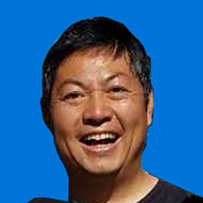Introducing the CXL Forum
@ HPC + AI on Wall Street
Wednesday, September 27
8:30am to 5:00pm

The First CXL Forum with a Demo Room to Showcase the Transformation of Products Into Solutions
In addition to a full day of presentations, during breaks you will be able to check out live demonstrations of a Memory Viewer to see all the memory in a fabric, CXL Memory Pooling systems that replace swap-to-storage with shared memory, the Gismo (Global IO-free Shared Memory Object) software that replaces internode cluster traffic with shared memory, and a CXL Flight Simulator that allows developers to get started without CXL hardware.
Why Attend?
CXL is Critical to the Success of AI in FSI
FSI infrastructure is struggling to keep pace with the size of AI models and their memory requirements, which have grown 1,000x in just the last two years. Enter Compute Express Link (CXL) technology. The open specifications will deliver memory that’s more cost effective, abundant, and virtualized for fine-grained provisioning.
What You Will See
A 360° Overview of CXL Technology and Market Development
A huge ecosystem of vendors is working to make this vision a reality, and the place to learn about the status of their progress is a CXL Forum event. A cross-section of compute, storage, networking, system, and software vendors, as well as users, are represented at each event for a 360° overview of CXL technology and market development.
Organizations Presenting and Demonstrating at Past CXL Forum Events
- Users: Microsoft Azure, Facebook, Uber, Barcelona Supercomputing Center
- CXL-Compatible Processors: AMD, Arm, Intel, NVIDIA, SiPearl
- CXL-Compatible Memory: Samsung, SK hynix, Micron
- CXL Memory Controllers: Astera Labs, Montage Technology
- CXL Switches: Xconn
- CXL Software: MemVerge, VMware
- CXL Pooling Systems: GigaIO, Liqid, H3, Marvell, Enfabrica, Elastics.cloud
CXL Forum Agenda
9:30-9:50 am
Dr. Charles Fan, CEO and co-founder of MemVerge

9:50-10:10 am
Kurt Keville, Systems Engineer, Somerville Dynamics

10:10-10:30 am
Julie Choi, Head of New Biz PM, Samsung

10:30-11:00 am
Break
11:00-11:20 am
Jianping (JP) Jiang, VP of Product Marketing and Business Operations, Xconn Technologies

11:20-11:40 am
Ron Swartzentruber, Director of Engineering, Lightelligence
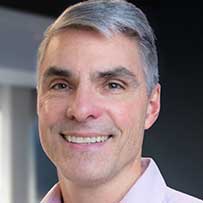
11:40 am-12:00 pm
Yong Tian, Field CTO, MemVerge
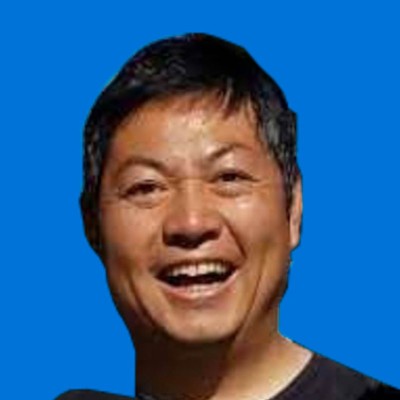
12:00-1:00 pm
Lunch & Keynote
CXL Demo Room Open
1:00-1:20 pm
Thomas Jorgensen, Senior Director, Technology Enablement, Supermicro

1:20-1:40 pm
Alan Benjamin, President & CEO, GigaIO
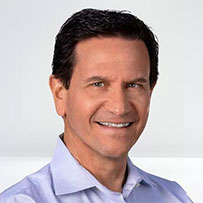
1:40-2:00 pm
Bryan Davies, Solutions Architect, Liqid
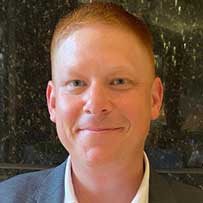
2:00–6:00 pm
Concurrent Activities:
2:00 – 3:00pm Break & Lightning Talks
2:30 – 3:30pm CXL Birds-of-a-Feather Session
2:00 – 6:00pm CXL Demo Room Open



